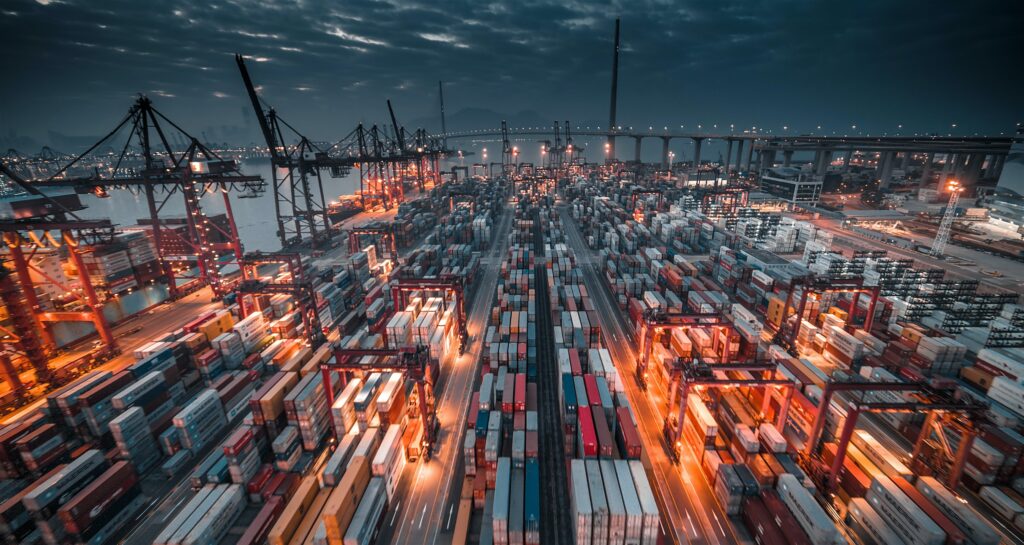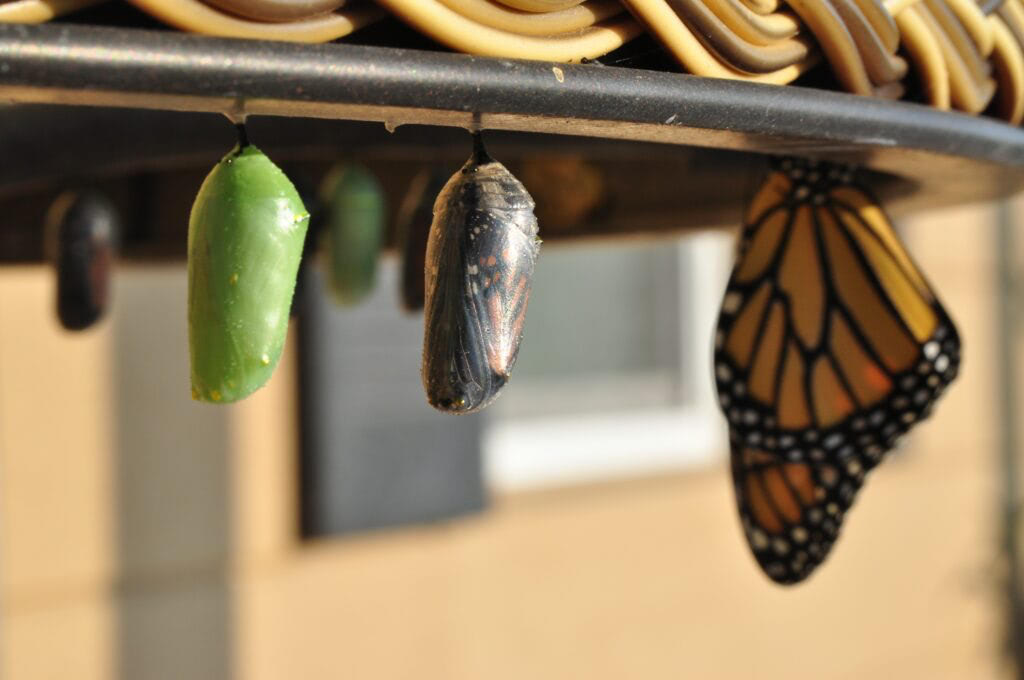Nobody knows exactly how much longer COVID-19 will be around, how much longer countries will be in lockdown, how many people will be unemployed at the end of this saga. There are countless unknowns to the situation and several variables outside of our control, but there are many things that companies can regain control of right now to prepare for the post-coronavirus environment; the leaders will set themselves up for even greater success than they had before this crisis.
This article explores what to expect in that post-COVID landscape, highlighting the opportunities that companies can start to reap right now. It examines how technology is being used effectively to ensure business continuity and goes on to discuss the ways that firms can use the unique current global situation to identify internal structural and process weaknesses and how, from that, they can proactively adapt to catalysed changing consumer behaviours.


Utilising technology more effectively
The coronavirus pandemic is almost single-handedly revolutionising the ways that technology is being used inside businesses. It is forcing companies to adopt new technologies and adapt existing ones to allow employees to work effectively from home. It is also reinforcing the importance of collaboration within teams. Although physically distant, it is now more important than ever to remain connected through technology, such as virtual meetings and communication tools.
COVID-19 has given prominence to previously little-known solutions providers, such as video conferencing firms like Zoom and HouseParty. For instance, the number of daily Zoom meeting participants rose from 10 million in December 2019 to over 300 million in April 2020. In January 2020, it provided 100 billion meeting daily minutes, a figure which hit over two trillion by the end of the following April. These technologies are helping people to work from home and to stay in touch with friends and family. Many of those companies are now household names and more will emerge in the near future as businesses and users seek further opportunities from innovation.
The shifting needs of technology have also led to the rise of technology to help keep the public safe from COVID-19. For instance, the Australian Government has developed an application (“COVID Safe”) that tracks people’s interactions using Bluetooth technology. It employs an app that records relevant data whenever a user comes in close contact with another person for a set time period. That data is stored locally on a user’s phone, increasing its security, and if a person is later found to have the virus, those who had been in contact with them are notified, enabling them to isolate themselves thereby reducing the spread of the virus. This sort of innovation allows people to have some normalcy in their daily lives and, from that base, to help economies begin on the road to recovery.
Within companies, employers are acknowledging the role that technology can play to ensure a safe and productive working environment for their staff without compromising productivity. These can be as simple as staggering shift and workday start times, to more technical measures, such as using internal track-and-trace apps – similar to COVID Safe – which Australian mining firm, BHP, has implemented.


Improving internal processes and structures
The significant economic impacts from the COVID-19 pandemic has forced businesses across all sectors to take the extremely tough decision to make cutbacks to investment plans and workforces. Those decisions have compelled management to look critically at which operations are essential to business continuity, and how best to meet the expectations of their customers and the constraints in their suppliers. While several of the new operating models will be short-term only, many will change companies’ resourcing needs permanently. Process optimization and the introduction of process automation are catalysing the reduction in manual tasks, and firms will increasingly seek high-performing and high-skilled individuals for more value-adding roles. In the face of that, as people reenter the employed workforce, they will want employment that provides more security. Certainly, there will be an increased focus on safeguarding operations against future economic disruption, with a leaner, more flexible workforce that brings more value to the business
COVID-19 has been undoubtedly tough and it has forced every business in Australia to adapt in some way or other. How decision-makers view this challenge is critical: they need to see the opportunity to improve their business structure, their processes and their efficiency.


Proactively adapting to changing consumer behaviours
One other consequence of the pandemic has been the shift by consumers from buying in physical shops to online retailers. As a result, consumers have been exposed to the ease and convenience of online shopping, and many will continue to shop this way even once physical outlets are reopened. Those consumers are fast becoming more demanding, wanting what they want, where they want it, as quickly as possible. Retailers, suppliers and delivery firms must, therefore, engage with these behavioural changes, preemptively adapting their business models to best adapt with these new trends. This means changing their supply chains, employing new operating models for order taking and delivery.
In parallel, many firms – even national and local governments – are assessing their supply chains, driven by the temporary disconnection between nations, identifying an overreliance on imported goods. Many countries have found themselves short of critical supplies and products that they would normally take for granted. For example, Australia witnessed a shortage of food products such as pasta and rice. Many local companies have identified the gaps in markets and reacted quickly to fill them. Small fashion houses, such as Ford Millinery, redirected its production capability to produce medical garments and face masks. Internationally, aerospace firms pivoted their workforce and manufacturing facilities to produce much-needed ventilators. While it is unlikely that these companies will continue to produce medical supplies once the pandemic passes, this crisis has highlighted the extreme dependency on imported medical and other key goods. As a result, companies and governments are considering relocating and reshoring manufacturing and supplier bases, and factors such as the economics involved, government regulation and consumer demand will shape those networks. Already, the Japanese government is incentivising local companies to bring manufacturing back to Japan with financial support. Similarly, the Australian federal government has launched the “Made in Australia” campaign urging Australians to buy locally made goods and services.
If they are to survive these changes and succeed in the longer term, company leaders need to identify their customers’ changing behaviours will impact their business. They must analyse how the potential changes – positive and negative – will impact their business and adapt their operating models accordingly.
Identifying supply chain weaknesses
Supply chains all around the world have been significantly disrupted due to the pandemic and companies should use recent events as a launchpad to learn about the risks that they are exposed to and to develop ways to reduce those in the future. One only has to take a look at the logistical challenges facing the oil industry right now to see the severe impact: the collapse in demand for oil has left producers with nowhere to store their product. Although the cost and operational complexity shutting off oil wells are significant – after all, they cannot be turned on and off like a tap – oil firms have been forced to do so to maintain oil prices above production costs and therefore to remain going concerns. The lasting impacts of the current oil crisis are yet to be seen but this pandemic has highlighted the fragility of the market and the supply chain that sits behind it all.
Supermarkets have also seen their supply chains pushed to breaking point. As a result of panic-buying distorting demand, products that most people take for granted become inaccessible for many consumers: there was simply not enough stock reaching supermarket shelves in time. As a result, companies sought ways to improve their supply chains responsiveness, such as by hiring more shelf-stacking staff, ratcheting up their resupply rates, and by using 3PL partners to increase the number of home deliveries directly from warehouses.
Whilst the current supply chain challenges will not last forever, they highlight the importance of having a robust, reliable and resilient supply chain, particularly over the coming months as economies stabilise and recover. The supply chain difficulties companies face today offer firms a platform to increase their reliability and efficiency in the future. Company leaders must use this crisis to identify gaps and weaknesses in their supply chain, overcoming those quickly and effectively.
Creating opportunity from adversity
From the outset of this crisis, Visagio has been helping clients to deal with the situation and to find new opportunities. For instance, we supported a resources sector client to develop and deploy technology to track its workforce at their various sites, enabling managers to ensure that sites are always staffed sufficiently, that mandated social distancing restrictions are adhered to and to carry out accurate contact tracing in the event that an employee displays COVID-19 symptoms. This allows the client to continue to achieve its production targets despite the rigorous restrictions. As a result of the value that this solution brought, the client has subsequently decided to continue to use it even after the pandemic eases and is brought under control.
Businesses have an opportunity to not just cope with the current conditions but to learn and adapt from them, propelling them to greater heights. These challenges will include identifying how technology can be more effectively utilised to enable communication and collaboration whilst working remotely. It will also include carefully scrutinising internal processes and structures to improve efficiency in a volatile economic environment. Similarly, proactively adapting business strategies to better cater for catalysed changes in consumer behaviours will help to ensure relative stability in an extremely dynamic situation.
If you are interested in identifying ways to use technology more effectively, improving your internal processes and structures, or in optimising your supply chains during this challenging time, contact us directly at contact@visagio.com.
About the author
George Massey is a Visagio consultant with experience in supply chain planning, simulation modelling, data analysis and process automation. He has a degree in Actuarial and Applied Statistics from Curtin University and is experienced in the iron ore mining sector.


